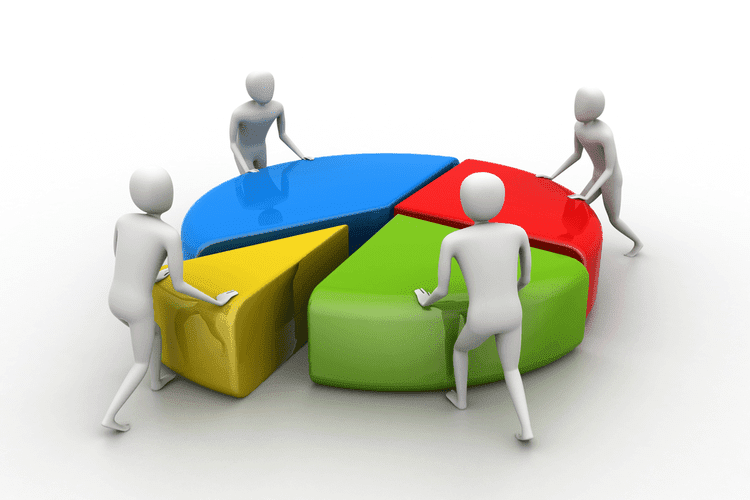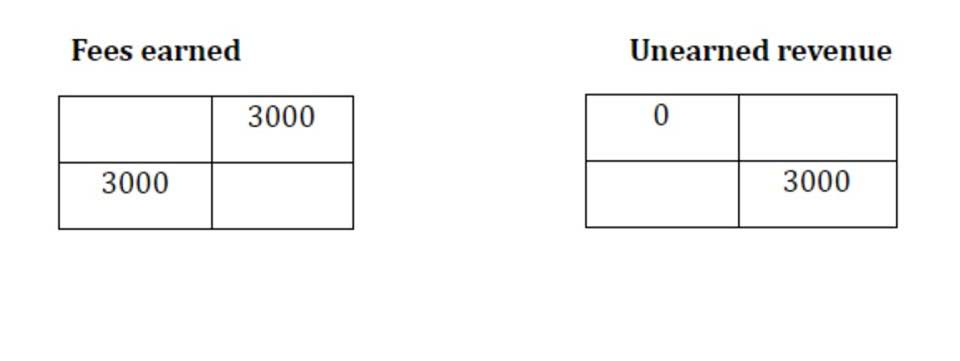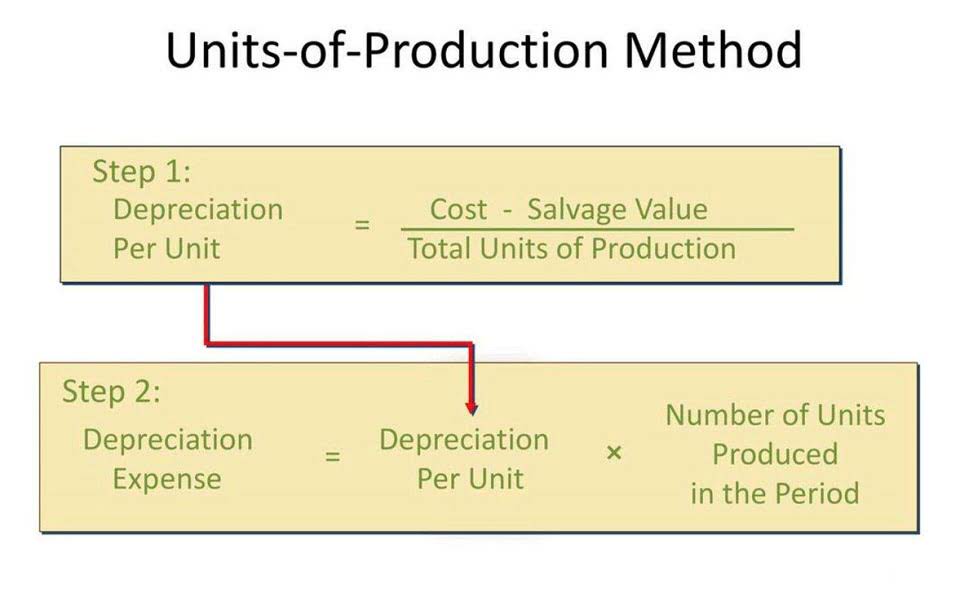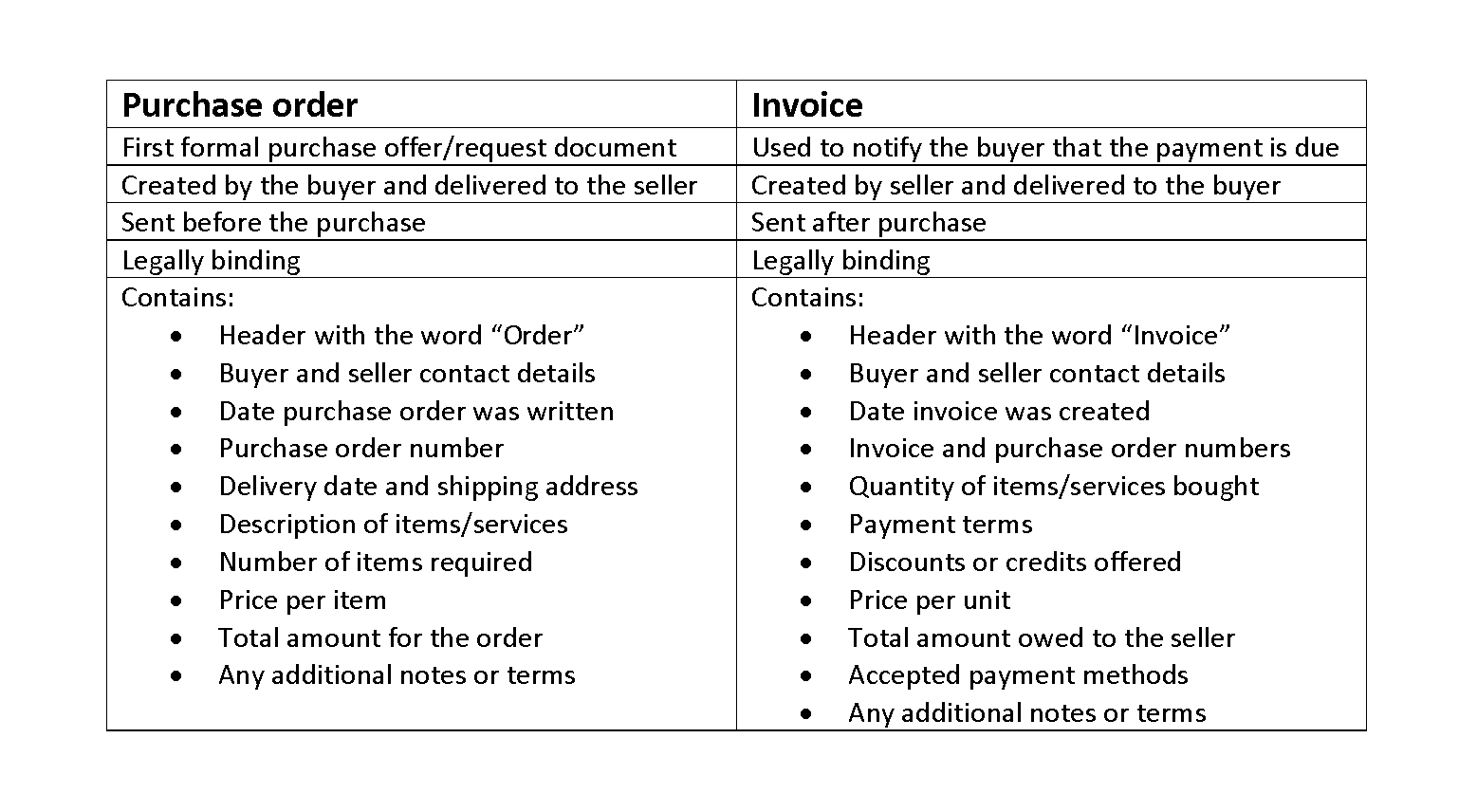
Businesses often use electronic money transfer to handle payroll, vendor payments, and customer refunds. EFT in business streamlines financial operations, reducing the need for manual processing. An EFT payment example in a business context is the direct deposit of employee salaries. This method is not only efficient but also reduces the risk of errors and fraud. These are another example of EFT (Electronic Funds Transfer) that uses SWIFT or Fedwire to transfer funds.

Elevate NYC: Key payments and fraud trends from industry leaders
For example, setting up automatic bill payments through EFT ensures that bills are paid on time, avoiding bookkeeping late fees and penalties. In the USA, an Automated Clearing House is a transfer system that unites entire banks, financial institutions, and credit unions. Banks handle EFT payments by utilizing the Automated Clearing House (ACH) network.

What Is the Difference Between EFT and Wire Transfers?

This law Medical Billing Process is meant to protect consumers using any form of electronic transfer of funds, including debit and credit cards, ATMs, ACH payments, phone payments, and more. The Electronic Fund Transfer Act also provides ways to rectify any errors and limits consumer liability in the event of a lost or stolen card. Another popular payment method that started as a way of transferring funds between bank accounts on the consumer side is peer-to-peer (P2P) payments. P2P payments, such as Venmo, PayPal and the Cash App, are popular among consumers. Since this trend continues to gain traction, many small businesses are also implementing this option for their customers.
- A Request for Payment (RFP) is an ACH Network message that can be used by businesses to send electronic invoices to their customers.
- ACH stands for Automated Clearing House, the official electronic network that connects over 10,000 banks and financial institutions in the US.
- Accordingly, the information provided should not be relied upon as a substitute for independent research.
- Electronic funds transfer (EFT) has a broad definition that includes more than online ACH bank transfers and wire transfers.
- These transactions are processed through credit card networks and involve more immediate authorization and settlement compared to EFTs.
What are EFTs used for?
In business, you can send—and receive—EFT payments to streamline the payment process. Read on to learn more about what is EFT payment and how you can use it in your business. An ACH payment is a type of EFT that transfers money between financial institutions using the Automated Clearing House network.
The low-effort aspect is a financial benefit when it comes to time spent. Personnel interaction is needed for these tasks, which means less gets done or additional employees are necessary. A risk of mailing checks involves potential mail loss, or even interception of checks. All of this is gone with an EFT.When using cash, an in-person transaction is required. Again, these risks are totally gone with an EFT solution, like a credit card.EFT’s established safety is one of the best benefits.

- It’s crucial to make sure the money in your account is sufficient to cover your payment before using a debit card.
- Checkout.com can help your business accept more payment methods, including EFT methods such as ACH in the US and SEPA in Europe.
- While the funds transferred might take a few days to clear, the EFT payment system automatically confirms that funds are available, essentially making the transfer/purchase valid instantly.
- There are always 2 parties in an EFT payment — the sender and the recipient.
- Since this trend continues to gain traction, many small businesses are also implementing this option for their customers.
EFT payments are processed on a designated money network, most commonly the Automated Clearing House (ACH). This is the money transfer system that connects every financial institution in the US to what is an eft one another, from large banks to small credit unions. EFTs are one of the more popular payment options for moving money around the world. They are accessible to businesses of any size, straightforward to use, and eliminate the need to send paper checks or cash anywhere.


